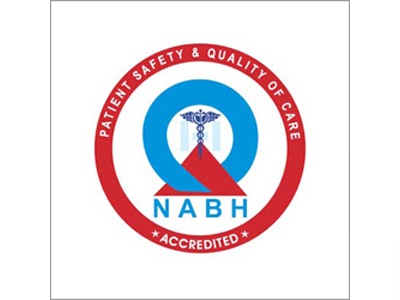A randomized controlled trial by Bhupesh Bagga and others from L V Prasad Eye Institute compares monotherapy (topical linezolid) and a combination of antibiotics (topical linezolid and azithromycin) to test the effectiveness of monotherapy. The trial compared clinical resolution and outcomes at three months.
Pythium keratitis is a microbial infection caused by a pathogen called Pythium insidiosum. Human Pythiosis is common in tropical environments and in landscapes with stagnant water (like agricultural fields). It shares some traits with fungi, both microbiologically and clinically, and pythium keratitis closely resembles fungal keratitis--differentiating between the two is challenging for clinicians. However, a Pythium infection cannot be treated with antifungals as these pathogens are different from fungi and do not share a recent common ancestor. In fact, worsening infection despite the use of antifungals, along with other clinical signs, can be an indication of Pythium keratitis.
The most likely outcome of an untreated Pythium infection is blindness, even eyeball evisceration. It almost always requires surgery, a therapeutic penetrating keratoplasty, but with poor outcomes. Most cases take time to be identified because they are mistaken for a fungal infection—so they become severe by the time of diagnosis. There is no standard therapeutic protocol to eliminate infection yet, though several animal models offer promise. Some studies have looked at a combination of antibiotics while a recent paper from LVPEI found that topical linezolid (an antibacterial) alone showed favourable results in rabbits. But would it work in humans?
A new paper in the Cornea, by Bhupesh Bagga and others compares the effectiveness of combination antibiotic therapy versus linezolid monotherapy to treat Pythium keratitis. The authors conducted a randomized, double-masked, placebo-controlled prospective trial with 20 patients. All patients had infiltrates in the cornea that were less than or equal to 8mm in diameter. The patients were randomly sorted into two groups, one received topical monotherapy (linezolid and a placebo), while the other received a topical combination of linezolid and azithromycin, an antibiotic. All patients received their treatment for a minimum of two weeks, with a three-month follow-up.
The trial found that the group receiving the combination treatment responded far better (89%) than the group on monotherapy (11%). The participants who received the combination achieved complete clinical resolution in 60% of the cases, with a median improvement in their visual acuity to logMAR 0.6. In comparison, cases which received monotherapy had significant worsening infection and needed surgical intervention to eradicate the infection. Therefore, the authors recommend combination therapy when treating mild to moderate pythium keratitis.
'Pythium infections affect poor, agricultural workers in developing countries, and so, have remained unexamined for decades,' says Dr Bhupesh Bagga, head of The Ramoji Foundation Centre for Corneal Infections, Shantilal Shangvi Cornea Institute, LVPEI. 'The findings of this study have implications for the treatment of ocular infections due to Pythium across the developing world.'
Citation
Tanna V, Bagga B, Sharma S, Ahirwar LK, Kate A, Mohamed A, Joseph J. Randomized Double-Masked Placebo-Controlled Trial for the Management of Pythium Keratitis: Combination of Antibiotics Versus Monotherapy. Cornea. 2023 Feb 14. doi: 10.1097/ICO.0000000000003251. Epub ahead of print. PMID: 36796011.
Photo credit: Rep. image of KOH + CFW mount showing Pythium filaments; Tanna et al.



